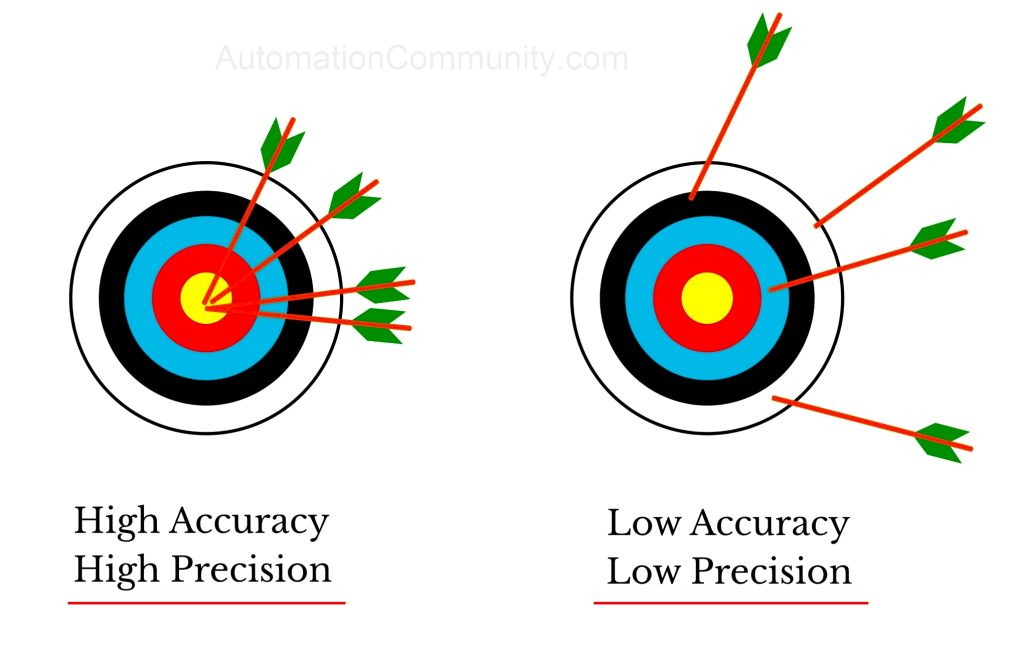The pursuit of precision in timekeeping has reached unparalleled heights with the advent of atomic clocks, particularly those developed by the National Institute of Standards and Technology (NIST). As we delve into the intricate world of these remarkable instruments, we shall explore the principles underlying their accuracy, the technological innovations that have bolstered their performance, and the implications for various fields including telecommunications, global positioning systems, and fundamental physics.
The NIST atomic clock, renowned for its extraordinary accuracy, operates on the principle of atomic resonance. At the heart of this mechanism lies a specific isotope of atoms—cesium-133, for example—that oscillates at consistent frequencies when subjected to microwave radiation. The standard definition of the second, as mandated by the International System of Units (SI), is predicated upon this resonance. Specifically, one second is defined as the duration of 9,192,631,770 cycles of the radiation corresponding to the transition between two hyperfine levels of the ground state of the cesium-133 atom. This exquisite calibration guarantees an accuracy that can sustain just a few billionths of a second over prolonged durations.
Yet, how precise is the NIST atomic clock? The answer transcends mere numbers. Current iterations of these clocks, such as the optical lattice clock, can achieve an accuracy of about one second’s worth of drift over the age of the universe itself, estimated to be approximately 13.8 billion years. This astounding level of precision not only challenges our notions of time but also fundamentally alters our relationship with the temporal dimension. Such capabilities provoke inquisitiveness—how might this precision redefine our scientific paradigms and contemporary applications?
At a granular level, the operational superiority of NIST clocks is sustained by technological innovations like laser cooling and quantum state manipulation. Laser cooling techniques significantly lower the kinetic energy of atoms, confining them within a minuscule volume, thereby reducing Doppler broadening—an effect that otherwise impairs measurement accuracy. Simultaneously, these advances enable scientists to probe atomic states with remarkable sensitivity, ensuring the clocks remain robust against external perturbations. Thus, the fine-tuning of oscillation frequencies heralds a new era of temporal measurement.
Moreover, the interconnection between atomic clocks and the establishment of a global time standard reveals the broader implications of their accuracy. Universal Coordinated Time (UTC) is upheld by a consortium of atomic clocks, promoting synchronization across diverse global systems, from internet servers to satellite navigation. The precision of these clocks is pivotal to the Function of GPS technology, affecting not only navigation but also fields such as agriculture, autonomous vehicles, and economic transactions reliant on time-stamped data.
As an added layer to this intricate tapestry of timekeeping, the interplay between atomic clocks and fundamental physics is compelling. The study of time dilation—a phenomenon rooted in Einstein’s theory of relativity—has far-reaching significance. Experiments utilize these clocks to measure the elapsed time difference between stationary and rapidly moving clocks, deepening our understanding of space-time and relativistic effects. Insights gained from such experiments prompt deeper reflections on the nature of time itself and our position within the cosmos.
The implications of the advancements in atomic clock technology extend far beyond terrestrial applications. In the realm of astronomical research, atomic clocks serve as essential instruments in the study of cosmic phenomena. The synchronization of telescopes, situated in disparate locations across the globe, is indispensable for collaborative efforts in capturing astronomical events. The precision of timekeeping enables astronomers to gather more coherent datasets, thus enhancing our collective understanding of the universe’s evolution.
As we contemplate the future, the potential applications of NIST atomic clock technology remain vast and largely uncharted. The advent of quantum computing introduces a new frontier where timekeeping can experience radical advancements. Quantum clocks that exploit quantum entanglement for time measurement promise even higher accuracies, piquing interest across scientific communities. What if these clocks could inform us not merely about the passage of time, but about the fundamental structure of reality itself?
Furthermore, as the quest for further optimization continues, researchers are investigating alternative atomic species, such as strontium or ytterbium, which could rival or surpass the performance of current cesium-based clocks. These endeavors provoke curiosity about the limits of accuracy and the extent to which time itself can be measured—a tantalizing proposition that remains at the forefront of scientific inquiry.
In conclusion, the NIST atomic clock epitomizes a monumental leap in the quest for temporal precision. It serves not just as a timekeeping device, but as an instrument of profound philosophical contemplation. As we transition into an era where the accuracy of time influences multiple facets of modern life—from technology to scientific exploration—our relationship with time will inevitably evolve. The nuanced understanding of its passage may inspire new questions, each probing deeper into the mysteries of existence and our place within the universe. The journey toward mastering time has only begun, and it beckons us to consider: how will the uncharted realms of timekeeping forever alter our conception of reality itself?












